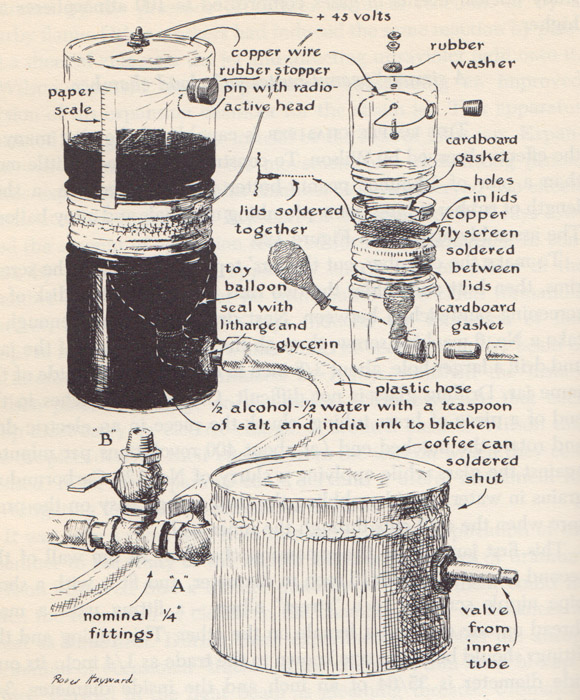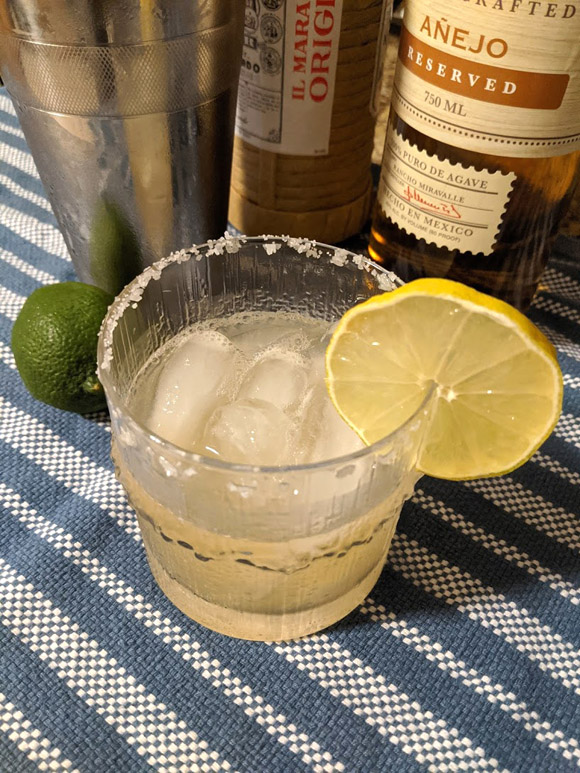The Amateur Scientist at Bookwise

Build yourself a cloud chamber from one of the lovely hand-drawn diagrams in The Amateur Scientist.
For years I've been pleased, every now and again, to browse the stacks of local used bookstore Bookwise, one of the sort-of-green spots in Boca Raton's semi-arid intellectual landscape. Despite the resident cat it's never been a very comfortable place to sit and read, maybe because I've always felt there an urgency to go through the place quickly and grab what I can. I never left Bookwise empty-handed, but I never felt there was enough time there.
Pure chance brought Samantha and I to its doors again on a recent Saturday when there really wasn't enough time anymore. We discovered that its owners were closing this location and moving at least some of the stock to their sister store Booksmart (which mostly sells textbooks to FAU students). Everything in the store was 30%–50% off. I asked the woman behind the counter when the last open day was and with the used bookstore's typical splendid disregard for good business practice she answered “maybe today”. I let my urgency run free.
Although I didn't leave with quite the arm-long stack that Sam assembled, I bought some pristine Everyman's Library volumes of de Tocqueville and Jefferson, Gleiser's The Island of Knowledge, and a history of the shipping container (The Box by Marc Levinson) that I'm actually quite excited to read.
But most exciting of all, I picked up C. L. Stong's 1960 collection of his “Amateur Scientist” columns from Scientific American for $1. One dollar! Originals like this one trade hands for more than $200, and as of this writing there's one listed on Amazon for $847! And it may be worth every penny of even those market prices. I badly wanted this book after coming across it in a library in my high school years. My family had a subscription to Scientific American and I used to read the Amateur Scientist particularly and obsessively; even though the 1980s and 1990s were the twilight of the column (which went though a hiatus in the early nineties before ceasing publication altogether in 2001) you could still find there some absolutely bonkers projects.

